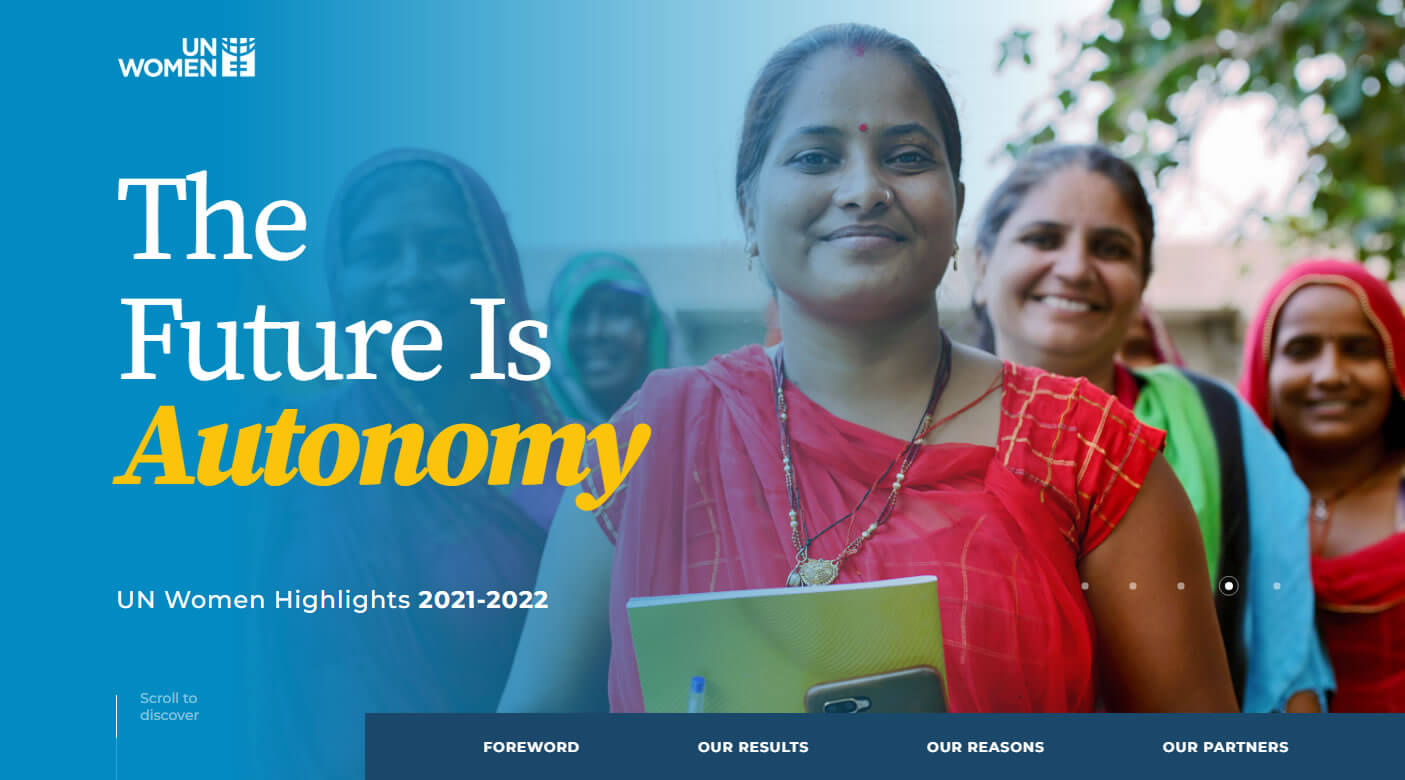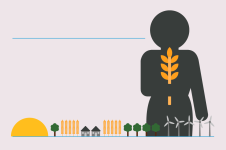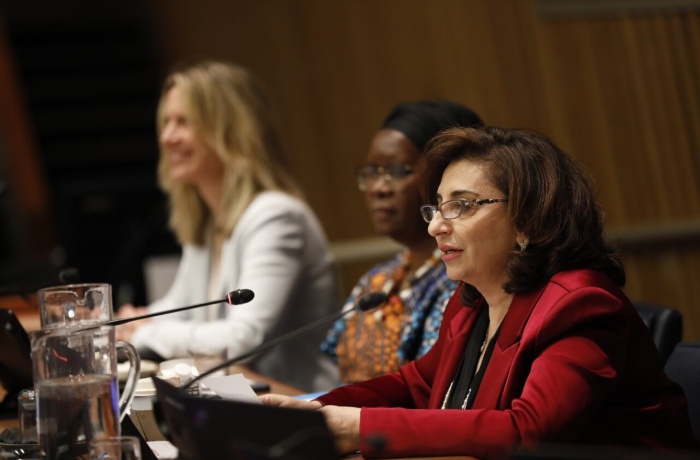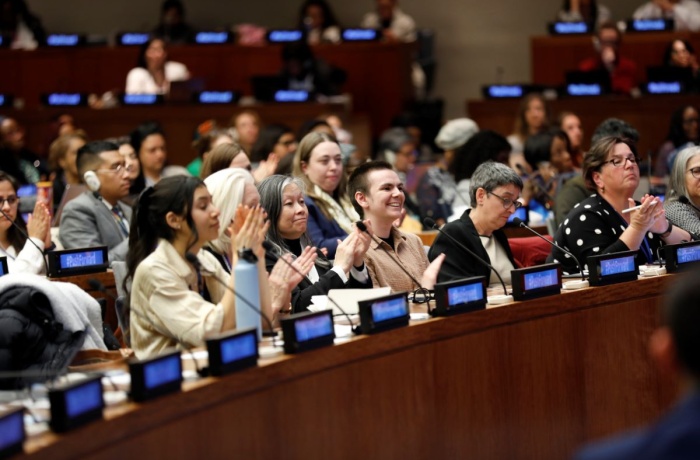Op-ed: Improving women’s access to decent jobs
Laws and treaties prohibiting gender discrimination have failed to alter the stark fact that, globally, women are still paid significantly less than men for the same work. Achieving gender equality in the workplace requires a transformation—of attitudes, economic structures, and opportunities—to enable women’s economic empowerment.
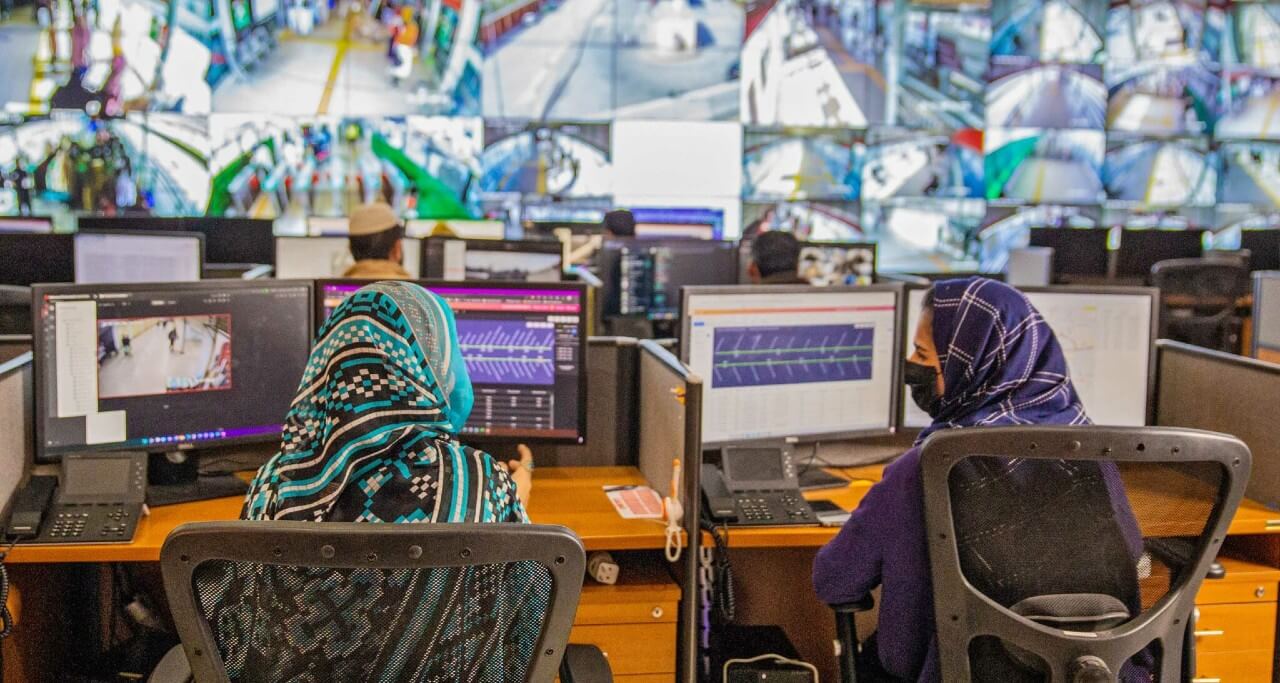
Despite women’s contributions and leadership in sustainable development, gender gaps in employment, earnings, entrepreneurship, and social protection remain a pervasive feature of the global economy. This is mainly due to the deep-rooted, systemic inequality driven by patriarchal institutions, which leads to unequal opportunities and outcomes for women.
Huge inequalities in the world of work
Getting a job or starting a business can be a path out of poverty, but the world of work can look very different depending on your gender. Some 15 per cent of working-age women globally would like to work but do not have a job, compared with just 10.5 per cent for men. The disparity gets more extreme in low-income countries, at 24.9 per cent for women and 16.6 per cent for men.
The reason for these gender gaps is not because women and men have different abilities or natural characteristics, but because gender inequality is embedded in systems, institutions, and social norms. For example, women have only 64 per cent of the legal rights of men, which reduces their opportunities for accessing work and for entrepreneurship. Society also expects women to undertake more unpaid care and domestic work. This constrains women’s participation in the paid labour market and often leaves them without control over their own time.
These inequalities lead to unequal opportunities for women. Globally, gender inequality in the labour market has barely budged in decades. In 2022, 61 per cent of women aged 25 to 54 were part of the labour force compared with 91 per cent of men. Even when women are in formal paid jobs, on average they get paid less than men. The average global gender pay gap is 20 per cent, and the pay gap is even greater for women with children. And only 26 per cent of women globally have access to social protection, such as state benefits.
Women entrepreneurs face similar challenges. Men owning businesses outnumber women by 32 per cent, while for those wanting to start a business the gender gap is 20 per cent. Women’s businesses are typically smaller and generate less revenue compared with businesses owned by men. About half of women’s enterprises are in sectors with lower barriers to entry, profitability, and growth potential. Additionally, women entrepreneurs are more likely to be in domestic markets as opposed to international ones. High rates of entrepreneurship are often observed among women in lower- and middle-income countries where decent job options are scarcer.
These gender disparities in opportunities add up over time and across generations, leading to different long-term outcomes for men and women. For example, women are over-represented in informal and vulnerable employment. Nearly 60 per cent of women’s employment globally is in the informal economy, and in low-income countries, it is more than 90 per cent. One in every 10 women is in extreme poverty, and the world is on a path to see more than 340 million women and girls still living in extreme poverty by 2030. It is crucial to highlight that multiple and overlapping forms of discrimination shape the experiences of women workers. Women from low-income, migrant, and racialized groups face compounding disadvantages.
Priorities for gender equality in work
Empowering women is both a human rights and an economic issue. Constraining women’s economic empowerment has a huge cost on societies and economies. The World Bank estimates that gender inequality in earnings alone costs the world more than twice the value of global GDP in terms of human capital wealth. The question is: how do we remove the constraints to women’s economic empowerment and enable women to thrive in the world of work?
There are three key priorities, elaborated in UN Women’s economic empowerment strategy, launched in 2024.
First is ensuring decent jobs and entrepreneurship opportunities for women. We need to close the gender pay gap so that women in all their diversity get paid the same as men for work of equal value. Highlighting the importance of this, the Government of Ukraine, a member of the Equal Pay International Coalition, launched a national strategy and action plan to reduce the gender pay gap in 2023. This will support post-war reconstruction as women’s participation in the labour market increases.
To support women in entrepreneurship, gender-responsive procurement can improve women’s access to contracting opportunities and encourage businesses to put in place policies and practices to guarantee decent work for women. Governments spend an estimated USD 13 trillion per year on procurement contracts globally, yet women get a miniscule share of these business opportunities. The global campaign on gender-responsive public procurement, led by UN Women and the International Trade Centre (ITC), is driving government commitments to sourcing from both women’s and gender-responsive enterprises. In Kenya, where gender-responsive public procurement has been a practice for a decade, UN Women and partners published a handbook in 2021 for women’s enterprises to navigate public procurement processes. This helps Kenya meet their commitment to spend 30 per cent of public procurement on businesses owned by women, youth, and persons with disabilities.
Second is transforming care systems. Care is fundamental for the functioning of society. Yet most care work is under-recognized, unpaid, and falls disproportionately on women and girls, undermining their ability to participate in economic life. Public investment in social care service expansion can generate millions of decent jobs in the care and other sectors. Investing in care could generate nearly 300 million jobs while simultaneously creating better care systems that alleviate poverty. An assessment by UN Women in Kyrgyzstan, for example, showed that investing 0.97 per cent of GDP on childcare could create 97,000 new jobs in the early childhood education and care sectors, of which 73 per cent would be taken up by women.
Third is investing in gender-responsive just transitions. The transition to more sustainable blue and green economies will create many new jobs and livelihood opportunities around the world and drive sustainable development, but only if women can equally access and participate in these jobs. At the heart of the climate crisis is the disproportionate impacts on those who are more prone to the negative consequences of climate change, particularly women and girls in vulnerable situations, working in informal and precarious jobs. Such crises intensify women’s and girls’ already unequal share of unpaid care and domestic work—which in turn impedes women’s resilience and rights. Yet, an estimated 80 per cent of new jobs created by dismantling fossil fuel dependency is expected to be in sectors dominated by men.
The creation of decent work for women in care services, energy, transport, fisheries and forestry, and waste and water management requires intentional efforts to meaningfully engage women in these sectors. Facilitating women’s transition from low-paid, vulnerable, and precarious employment to quality, low-carbon, decent work includes retraining and reskilling, closing gaps in educational outcomes, and increasing women’s and girls’ representation in science, technology, engineering, and mathematics (STEM fields), including in renewable energy.
We need to work at multiple levels
For women to thrive in the world of work, we need all hands on deck. Action is needed at multiple levels, including:
- strengthening the individual skills and confidence of women as leaders,
- creating workplaces that respect and value women’s contributions,
- laws and legal frameworks that eliminate discrimination of women in the world of work and support women’s entrepreneurship,
- changes in social norms that redistribute women’s unpaid care work,
- making the right financial investments to support women.
This last point is critical. Investing is about finding the resources we need to have the future we want. The world needs an additional 360 billion per year to achieve key gender equality targets in developing countries. Women’s economic empowerment is therefore an investment opportunity and non-negotiable for achieving the Sustainable Development Goals.




